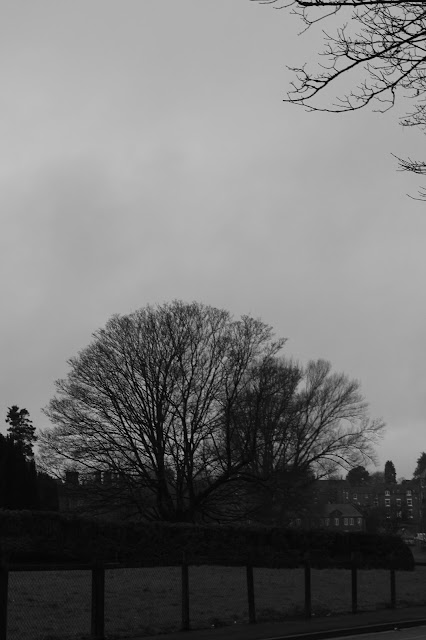Contact Sheets
I am pleased with the way these pieces turned out. The first piece, the water piece, is my favourite as I think it fits well with the overplayed image. I like the way the duller colours within the forest contrast with the brighter blues within the water. I am pleased with the way the surreal element is brought out with the model walking on the water as well as the water running through the middle of the forest. This work was inspired by works by Merve Ozaslan by combining the idea of people and nature. Ideally I would have taken more photos to be able to work with and experimented with more combinations. If I were to continue or redo this project I would try and make the process a bit neater as well as experimenting with various overlays and a stronger contrast in shades such as monochrome and colour or using photoshop to adjust the levels and saturation. I would also try and increase the contrast between the two subjects such as overlaying a city scene over water which would add more of a surreal element to the pieces.


















































